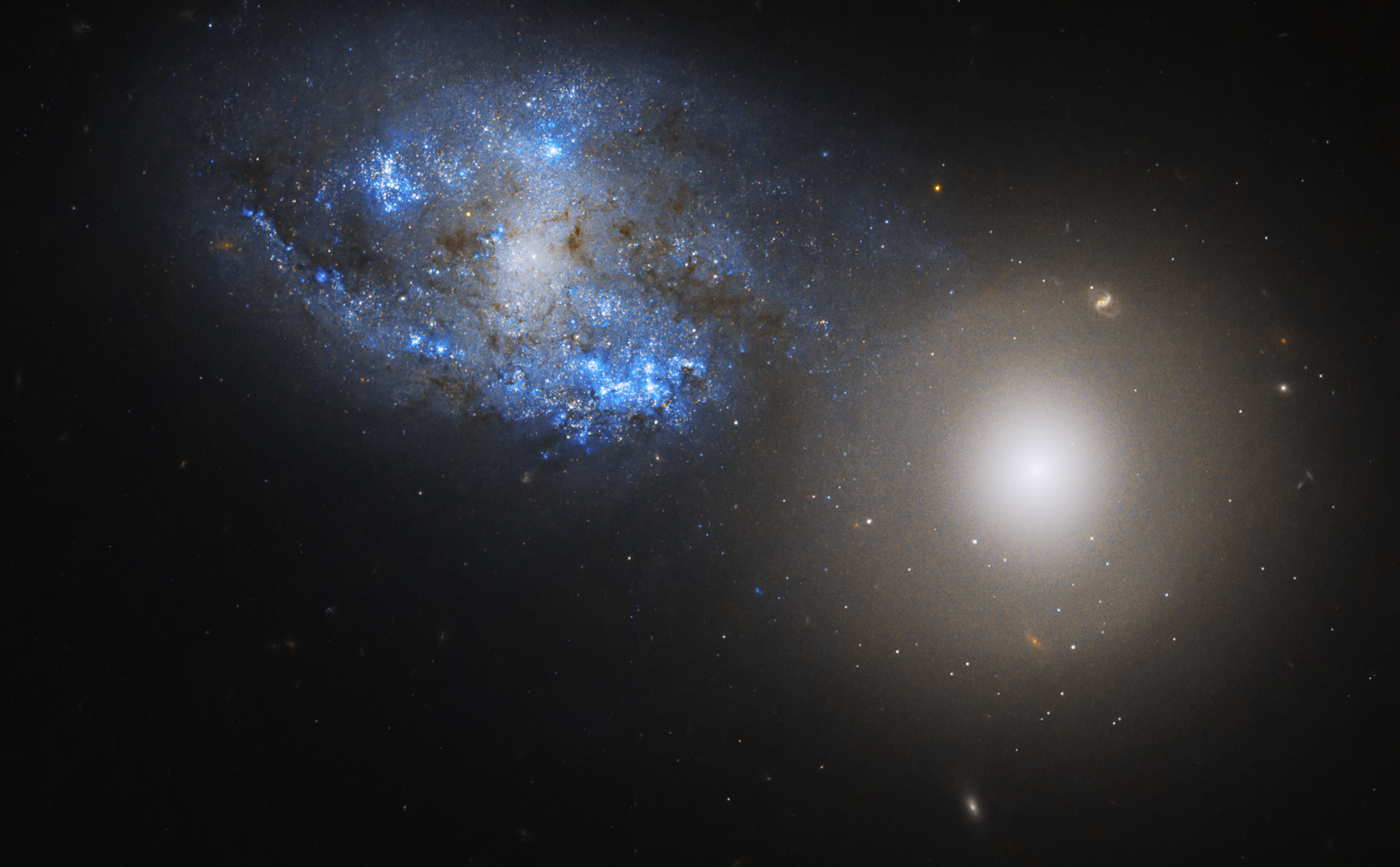2024-01-24 NASA
◆これらの現象は時間領域およびマルチメッセンジャー天文学の一環で、宇宙の基本的な特性や物理、元素の起源に関する洞察を提供しています。これらのメッセンジャーには光以外も含まれ、これにより未知のシナリオの排除と新たな発見が可能となっています。
<関連情報>
- https://science.nasa.gov/directorates/smd/astrophysics-division/how-nasa-chases-and-investigates-bright-cosmic-blips/
- https://www.nature.com/articles/s41586-023-06759-1
JWSTが観測したコンパクト天体の合体による重元素生成 Heavy-element production in a compact object merger observed by JWST
Andrew J. Levan,Benjamin P. Gompertz,Om Sharan Salafia,Mattia Bulla,Eric Burns,Kenta Hotokezaka,Luca Izzo,Gavin P. Lamb,Daniele B. Malesani,Samantha R. Oates,Maria Edvige Ravasio,Alicia Rouco Escorial,Benjamin Schneider,Nikhil Sarin,Steve Schulze,Nial R. Tanvir,Kendall Ackley,Gemma Anderson,Gabriel B. Brammer,Lise Christensen,Vikram S. Dhillon,Phil A. Evans,Michael Fausnaugh,Wen-fai Fong,… David Alexander Kann
Nature Published:25 October 2023
DOI:https://doi.org/10.1038/s41586-023-06759-1

Abstract
The mergers of binary compact objects such as neutron stars and black holes are of central interest to several areas of astrophysics, including as the progenitors of gamma-ray bursts (GRBs)1, sources of high-frequency gravitational waves (GWs)2 and likely production sites for heavy-element nucleosynthesis by means of rapid neutron capture (the r-process)3. Here we present observations of the exceptionally bright GRB 230307A. We show that GRB 230307A belongs to the class of long-duration GRBs associated with compact object mergers4,5,6 and contains a kilonova similar to AT2017gfo, associated with the GW merger GW170817 (refs. 7,8,9,10,11,12). We obtained James Webb Space Telescope (JWST) mid-infrared imaging and spectroscopy 29 and 61 days after the burst. The spectroscopy shows an emission line at 2.15 microns, which we interpret as tellurium (atomic mass A = 130) and a very red source, emitting most of its light in the mid-infrared owing to the production of lanthanides. These observations demonstrate that nucleosynthesis in GRBs can create r-process elements across a broad atomic mass range and play a central role in heavy-element nucleosynthesis across the Universe.


